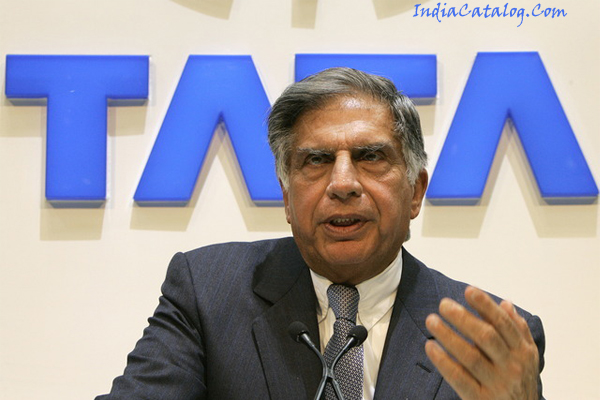ONGC identifies six projects to propel its next phase of growth
.jpg)
Oil and Natural Gas Corporation (ONGC), India’s biggest oil and gas explorer, has identified six projects over and above its flagship development project in the Krishna-Godavari (KG) basin to power the next phase of its growth.
These projects, entailing an investment of Rs.24,000 crore, are expected to help the state-owned company in maintaining its growth rate in the production of oil and natural gas and contribute almost 14% of its domestic crude oil and 15% of its domestic gas output in the coming years.
“Your company has also invested greater focus and expedited work on new development projects—some of which will play a substantial role in ONGC’s production profile in the coming years. ONGC has taken up six major field development projects with an investment of Rs.241,881 million,” said the company in its annual report sent to shareholders on Sunday.
The report said these new and marginal fields have already yielded positive results and contributed close to 14% of domestic crude oil and 15% of gas output in the financial year 2014-15. It aims to maintain this share in the coming years.
Stuck with ageing fields as old as 40 years, ONGC has often been criticized for failing to significantly boost production in the past 10 years. Over the past decade, the company has seen a steady decline in production from a high of 47.15 million tonnes of oil equivalent (Mtoe) in fiscal 2005. In fiscal 2014, the company’s domestic oil and gas production was 44.28 Mtoe, its lowest in a decade.
Stuck with ageing fields as old as 40 years, ONGC has often been criticized for failing to significantly boost production in the past 10 years. Over the past decade, the company has seen a steady decline in production from a high of 47.15 million tonnes of oil equivalent (Mtoe) in fiscal 2005. In fiscal 2014, the company’s domestic oil and gas production was 44.28 Mtoe, its lowest in a decade.
“…the biggest positive, most undoubtedly, from last year comes from the arena of production as we reversed the trend of declining indigenous crude oil output. Our standalone domestic crude output was 22.26 MMT (million metric tonnes) compared to 22.25 MMT in the previous fiscal (FY’14),” said D.K. Sarraf, chairman and managing director, ONGC, in his letter to the shareholders in the annual report.
In an interview with Mint in April, T.K. Sengupta, director–offshore, ONGC, had said that the energy explorer will continue to see an increase in production for the next three years, largely due to contributions from its western offshore fields.
According to the annual report, of the six projects earmarked for incremental oil and gas production, four are in the western offshore region. These are the Daman project, additional Bassein development, additional Vasai East development and Gamij field development. The remaining two are in the east coast in the KG basin called the Vasishta development and the Nagyalanka project.
These projects are on top of its flagship KG basin development project for the block KG-DWN-98/2, also known as KG-D5, where the company is investing more than Rs.50,000 crore till 2018-19.
Sengupta said that production at the much-delayed and highly-anticipated KG basin block would start from fiscal 2019, helping to sustain the rise in production. At its peak, the block is expected to produce up to 20 million metric standard cubic metres per day (mmscmd) of gas and up to 90,000 barrels per day of crude oil. The peak is expected by mid-2021.
“These projects, along with (the) KG basin project, can potentially add 5 mtpa of crude oil production and 30 mmscmd of natural gas production, respectively, in the next five years. But that will also come with a natural decline of its two main assets—crude oil-producing Mumbai High and natural gas producing Bassein,” an analyst with a domestic brokerage said on condition of anonymity.
Another analyst with an international brokerage said that ONGC will find it difficult to make these newer projects viable as the incremental cost of production from the newer projects will be high for the company, especially because of the subsidy burden, lower crude oil prices and lack of focused policies for the exploration and production sector.
ONGC’s annual report also acknowledged the issues of policy and subsidy. “Continued investments in these programmes will warrant greater clarity on issues such as the subsidy sharing mechanism as further erosion of our profit margins could significantly compromise future exploratory and development pursuits,” the annual report pointed out.
For the year ended March 2015, ONCG produced 24.946 million tonnes of crude, down 0.18% and 23.519 billion cubic metres (bcm) of natural gas, down 5.35% from a year ago.
The company’s shares have fallen by almost 40% in the past year to Rs.264.15 on Monday because of the more than 50% fall in crude oil price.

.webp)
.webp)
.webp)
.webp)
.webp)
.webp)
.webp)
.webp)
.webp)
.webp)














